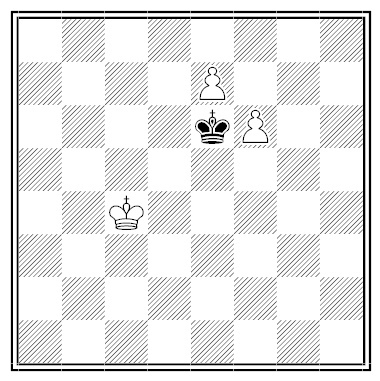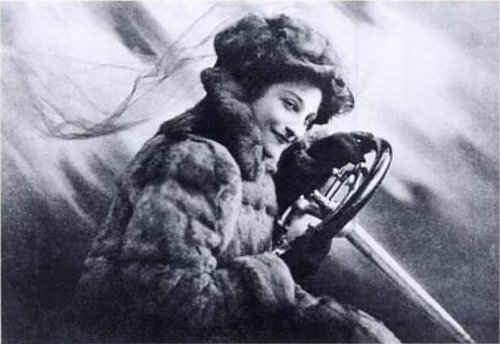On Aug. 24, 1867, solicitor’s clerk Frederick Baker took a tea break and strolled into the meadows near the hop fields of Alton in Hampshire. There he found three little girls. He played with them, running races and picking blackberries, then dismissed two of them with three halfpence. They watched him carry 9-year-old Fanny Adams up the hollow, telling her, “Come with me, and I will give you twopence more.”
Searchers found Fanny’s head on a hop pole. Both eyes had been gouged out and one ear torn off. Her arms were found in two locations, one hand still holding two halfpennies. Her heart had been scooped out of the upper torso, one foot was found in a field of clover, and her legs were assumed to have been taken by River Wey. There was no evidence of sexual assault because her lower torso was never found.
Baker couldn’t explain the bloodstains on his cuffs and argued only that his knife was too small to have done the work. He was found guilty of wilful murder and hanged on Christmas Eve.
His diary entry for Aug. 24 read, “Killed a young girl. It was fine and hot.”




